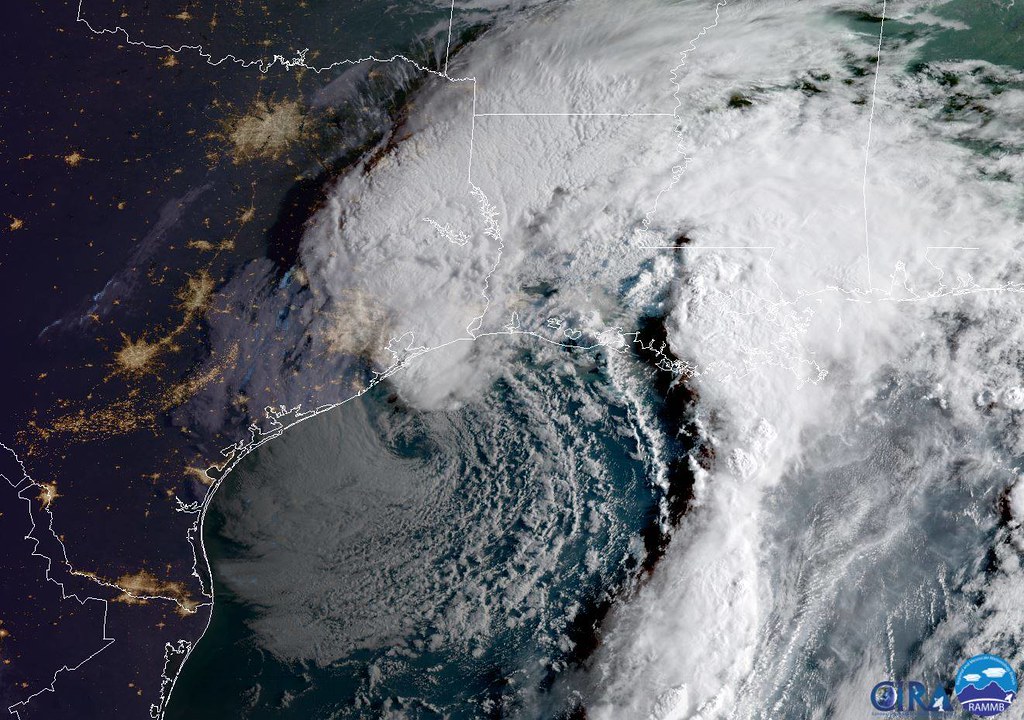Meteorologists are closely tracking the progress of Tropical Storm Francine as it heightens in the Gulf of Mexico. In this post, we’ll take a detailed look at the storm’s development, its current situation, and what to expect in the coming days.
Key Developments of Tropical Storm Francine
Tropical Storm Francine is gaining attention due to its continuous strengthening in the warm waters of the Gulf. Below, we break down the major aspects of the storm’s progression.
Current Position and Movement
- Location: As of the latest update, Francine is located in the central Gulf of Mexico, heading westward.
- Speed: The storm is moving at a speed of 10 to 15 mph, and this westward movement is expected to continue over the next few days.
- Intensification: Francine has been steadily gaining strength, supported by warm sea temperatures and low wind shear. These conditions are favorable for further intensification as it moves along its path.
Wind Strength
- Wind Speeds: The storm currently has sustained winds around 60 mph, with gusts reaching up to 75 mph. Meteorologists anticipate that these wind speeds will increase as the storm continues to strengthen.
Forecast and Expected Impact
- Projected Path: According to computer models, Tropical Storm Francine is likely to keep moving westward toward the coasts of Texas and Louisiana. However, there is still some uncertainty regarding the precise landfall location.
- Landfall Timing: Based on current estimates, Francine could make landfall in the next 48 to 72 hours. Coastal areas should remain alert and be prepared for potential evacuations.
- Rainfall and Flooding: Heavy rainfall is expected along the Gulf Coast, with some areas likely to experience up to 8 inches of rain. Low-lying regions may face localized flooding, especially in areas that receive the highest rainfall amounts.
How Experts Track the Storm
Meteorologists use various tools and technology to monitor storms like Francine. Here’s how they track the storm and predict its behavior:
- Satellite Imaging: High-resolution satellite images allow experts to observe the storm’s structure, including cloud formations and its developing eye. This helps predict how the storm will behave.
- Buoy Data: Ocean buoys stationed in the Gulf provide real-time data on sea surface temperatures and atmospheric conditions. The current warm waters in the Gulf are fueling the storm’s strength.
- Forecast Models: Various forecast models, such as the GFS (Global Forecast System) and ECMWF (European Model), simulate potential paths and intensities for Francine. These models take into account multiple factors like wind patterns and atmospheric pressure to generate predictions.
Safety and Preparedness Tips
As Tropical Storm Francine approaches, residents in affected areas need to stay informed and take necessary precautions. Below are some key steps to stay safe during a tropical storm:
- Stay Updated: Regularly check weather forecasts and alerts from reliable sources such as the National Hurricane Center (NHC) or local news outlets.
- Prepare Emergency Supplies: Make sure you have a well-stocked emergency kit with essentials like water, non-perishable food, medications, and batteries. It’s crucial to be ready for possible power outages or evacuation.
- Have an Evacuation Plan: If you live in a coastal area, make sure you know the nearest evacuation routes. Follow local authorities’ instructions regarding when and where to evacuate.
- Protect Your Property: Secure outdoor items such as patio furniture and grills, as high winds can turn them into dangerous projectiles. If possible, install storm shutters or board up your windows to prevent damage from flying debris.
Conclusion
Tropical Storm Francine is continuing to strengthen as it moves westward across the Gulf of Mexico. Although there is still uncertainty about the exact landfall location, residents in the Gulf Coast region should remain awake and prepared for the possibility of strong winds, heavy rain, and flooding. By staying informed and following safety protocols, you can help protect yourself, your family, and your home as the storm approaches.



